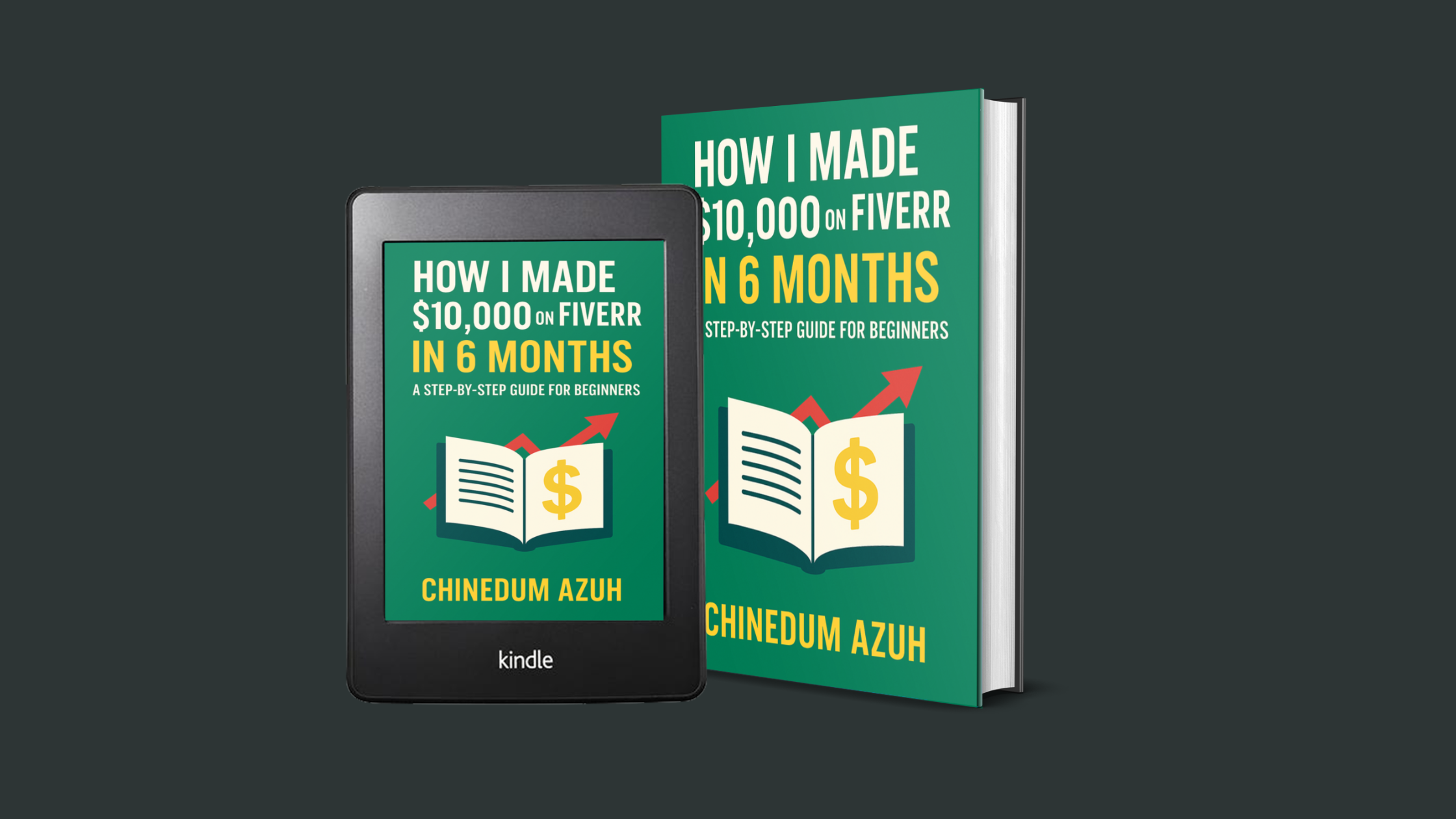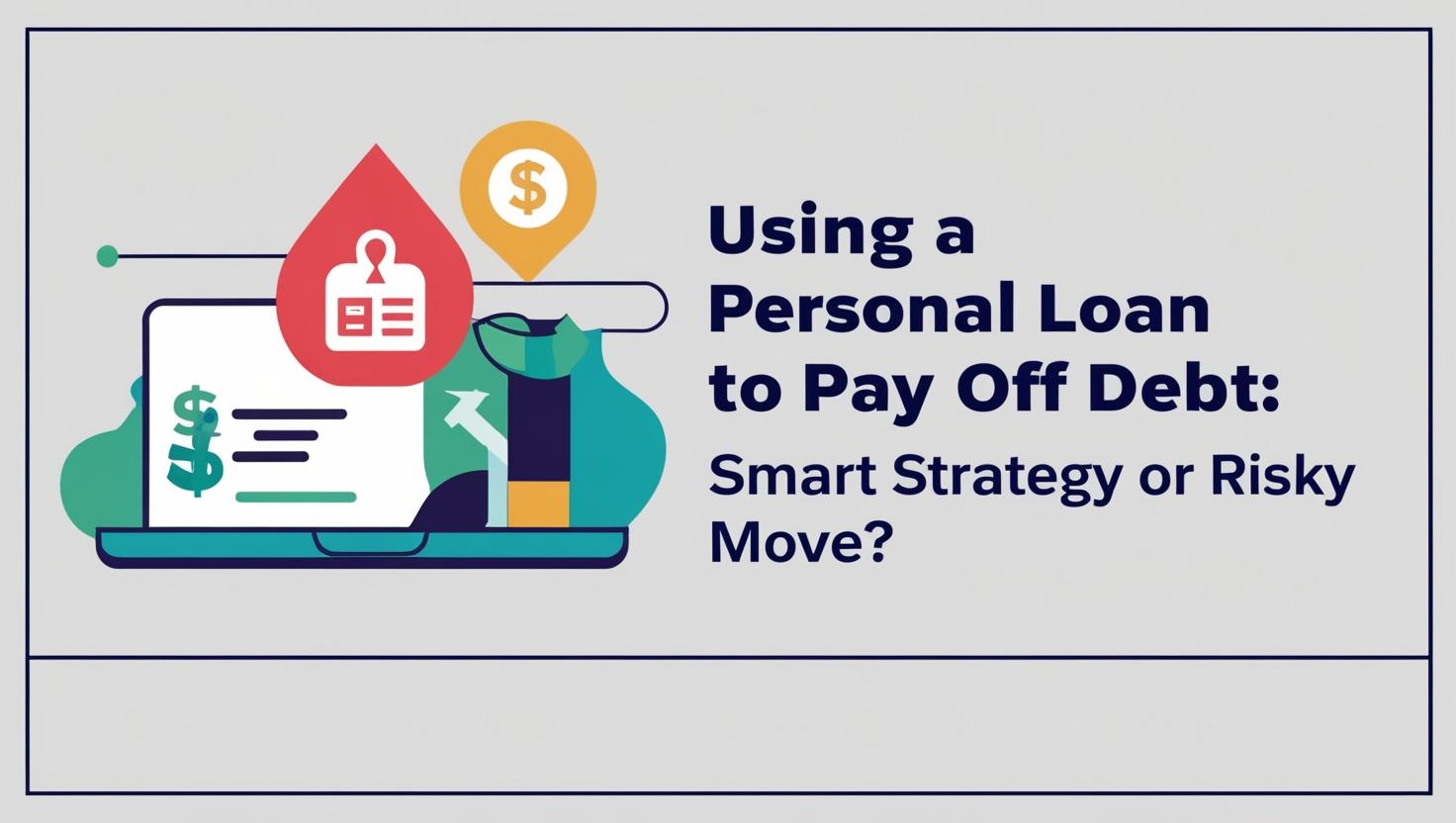Take control of your money and Master Your Finances for a secure and stress-free future. Have you ever felt overwhelmed by your money situation? Whether it’s managing daily expenses, saving for the future, or paying off debt, it’s easy to feel like you’re not in control. But what if there was a way to turn that stress into confidence? That’s where financial planning comes in.
A solid financial plan is more than just a budget—it’s a roadmap to help you achieve your goals. It’s about understanding your income, expenses, and savings, and making intentional decisions to secure your future. Whether you’re planning for retirement, buying a home, or building an emergency fund, a well-crafted plan can make all the difference.
Think of it as a tool that grows with you. Life changes—new jobs, unexpected expenses, or even windfalls—can all impact your finances. A good plan helps you adapt and stay on track, no matter what comes your way.
Key Takeaways
- Financial planning helps you manage your money with confidence.
- It’s a dynamic tool that adapts to life’s changes.
- Setting clear goals is a key part of any financial plan.
- It reduces stress and improves your overall well-being.
- Working with an advisor can provide personalized guidance.
Understanding the Benefits of Financial Planning
Taking control of your money starts with a clear strategy. A well-structured plan empowers you to manage your cash flow, reduce debt, and achieve your goals. It’s not just about budgeting—it’s about creating a roadmap for your future.
How a Plan Empowers Your Money Management
A clear plan helps you track your income and expenses. It ensures you’re saving enough for emergencies while reducing unnecessary debt. For example, analyzing your monthly cash flow can reveal areas where you can cut back or invest more.
Budgeting techniques, like the 50/30/20 rule, make it easier to allocate funds effectively. This approach divides your income into needs, wants, and savings. It’s a simple yet powerful way to stay on track.
The Long-Term Impact on Your Financial Well-Being
Strategic planning isn’t just for the short term. It ensures your savings and investments grow over time. For instance, setting aside money for retirement early can lead to significant growth due to compound interest.
Insurance is another critical part of a long-term strategy. It protects you and your family from unexpected risks, like job loss or health issues. This safety net allows you to focus on your goals without worry.
| Benefit | How It Helps |
|---|---|
| Better Cash Flow | Helps you track income and expenses, ensuring you save more. |
| Debt Reduction | Identifies unnecessary spending, freeing up resources. |
| Long-Term Growth | Ensures your savings and investments grow over time. |
| Risk Management | Provides protection against unexpected life events. |
Remember, a good plan adapts to your changing needs. Regular reviews ensure you stay on track, no matter what life throws your way. Whether it’s a new job, a growing family, or a major purchase, your strategy evolves with you.
Defining Your Financial Goals and Priorities
Where do you start when building a roadmap for your future? The answer lies in setting clear, actionable goals. A well-defined plan begins with knowing what you want to achieve, whether it’s buying a home, paying off debt, or saving for retirement.
Start by identifying both short-term and long-term objectives. Short-term goals might include building an emergency fund or paying off a credit card. Long-term goals could involve saving for a child’s education or planning for retirement. Each goal should have a specific target date and a measurable amount to track progress.

Prioritizing your objectives is key. Not all goals can be tackled at once, so rank them based on urgency and importance. For example, paying off high-interest debt might take precedence over saving for a vacation. This approach ensures your resources are focused where they matter most.
Here’s how to make your goals effective:
- Be specific: Instead of “save more,” aim for “save $5,000 in the next year.”
- Set deadlines: A timeline keeps you accountable and motivated.
- Adapt as needed: Life changes, and so should your goals. Regularly review and adjust them.
Remember, goal setting is a dynamic process. As your income, expenses, or priorities shift, your plan should evolve too. This flexibility ensures you stay on track, no matter what life throws your way.
Tracking Your Cash Flow and Budgeting Strategies
Tracking your income and expenses is the foundation of smart money management. When you know where your money is going, you can make better decisions about how to allocate it. This process is essential for creating a budget that works for your lifestyle and goals.
Analyzing Your Income and Expenses
Start by reviewing your monthly income and expenses. Use detailed statements or budgeting apps to categorize your spending. This helps you identify patterns and areas where you can cut back. For example, you might notice that dining out is taking up a larger portion of your budget than you realized.
As the saying goes,
“What gets measured gets managed.”
Regularly tracking your cash flow ensures you stay on top of your finances and avoid surprises.
Implementing Effective Budgeting Techniques
One proven strategy is the 50/30/20 rule. This approach divides your income into three categories:
- Needs: 50% for essentials like rent, utilities, and groceries.
- Wants: 30% for discretionary spending like entertainment and dining out.
- Savings: 20% for building your emergency fund or paying off debt.
This simple framework helps you allocate your resources effectively. It also ensures you’re setting aside money for future needs while still enjoying life today.
| Budgeting Technique | How It Helps |
|---|---|
| 50/30/20 Rule | Balances needs, wants, and savings for a well-rounded plan. |
| Envelope Method | Limits discretionary spending by using cash for specific categories. |
| Zero-Based Budgeting | Assigns every dollar a purpose, leaving no room for waste. |
Remember, your budget is a living document. Regularly review and adjust it to reflect changes in your income, expenses, or goals. This flexibility ensures your plan stays relevant and effective over time.
Building an Emergency Fund and Managing Debt
Life is full of surprises, and having a safety net can make all the difference. An emergency fund is your first line of defense against unexpected expenses, while managing debt ensures you’re not weighed down by high-interest payments. Together, these steps create a solid foundation for your financial well-being.

Steps for Establishing a Cash Reserve
Start small when building your emergency fund. Aim for an initial goal of $500, then gradually increase it to cover three to six months of living expenses. This cushion can help you avoid relying on credit cards or loans during tough times.
Here’s how to get started:
- Set a monthly savings goal: Even $20 from each paycheck adds up over time.
- Automate your savings: Set up automatic transfers to your emergency fund account.
- Cut unnecessary expenses: Temporarily pause subscriptions or reduce dining out to boost your savings.
As your fund grows, keep it in a high-yield savings account for easy access and better returns. This ensures your money is working for you while remaining liquid.
Strategies for Managing High-Interest Debt
High-interest debt can quickly spiral out of control if not addressed. Start by listing all your debts, including balances and interest rates. Focus on paying off the highest-interest debts first, as they cost you the most over time.
Consider these approaches:
- Debt consolidation: Combine multiple debts into a single loan with a lower interest rate.
- Snowball method: Pay off smaller debts first to build momentum.
- Avalanche method: Tackle the highest-interest debts first to save on interest payments.
Reducing debt frees up more cash for your emergency fund and other financial goals. It’s a win-win for your long-term stability.
| Strategy | How It Helps |
|---|---|
| Emergency Fund | Provides a safety net for unexpected expenses, reducing reliance on credit. |
| Debt Consolidation | Lowers interest rates and simplifies payments. |
| Snowball Method | Builds momentum by paying off smaller debts first. |
| Avalanche Method | Saves money by targeting high-interest debts first. |
Remember, building an emergency fund and managing debt go hand in hand. Together, they create a stronger financial foundation, giving you peace of mind and more control over your future.
Retirement and Investment Planning for a Secure Future
Securing your future starts with smart retirement and investment strategies. Whether you’re just starting your career or nearing retirement, a well-structured plan can help you achieve your goals. Let’s explore how to make the most of employer-sponsored plans and other investment options.
Maximizing Employer-Sponsored Retirement Plans
One of the best ways to save for retirement is through employer-sponsored plans like a 401(k). These accounts allow you to contribute pre-tax income, reducing your taxable earnings. Many employers also offer matching contributions, which can significantly boost your savings.
For 2025, the contribution limit for those under 50 is $23,500, with a catch-up provision of $31,000 for those 50 and older. Taking full advantage of these limits ensures you’re setting aside enough for your future.
Exploring IRAs and Other Investment Vehicles
Individual Retirement Accounts (IRAs) are another powerful tool for building your nest egg. Traditional IRAs offer tax-deferred growth, while Roth IRAs provide tax-free withdrawals in retirement. For 2025, the contribution limit is $7,000, with an additional $1,000 catch-up for those 50 and older.
Diversifying your investments is key to managing risk and maximizing returns. Consider a mix of stocks, bonds, and mutual funds tailored to your age and risk tolerance. As you approach retirement, gradually shift to more conservative options to protect your savings.
| Account Type | 2025 Contribution Limit |
|---|---|
| 401(k) | $23,500 (Under 50), $31,000 (50+) |
| IRA | $7,000 (Under 50), $8,000 (50+) |
Consistency is crucial in retirement planning. Regular contributions, even in small amounts, can grow significantly over time due to compound interest. Start early, stay disciplined, and adjust your plan as needed to ensure a secure and comfortable retirement.
Optimizing Tax Strategies and Planning for Life Changes
Taxes don’t have to be a headache—with the right approach, you can keep more of your hard-earned money. A well-thought-out plan ensures you’re not overpaying while staying prepared for life’s unexpected turns. Whether it’s adjusting your withholdings or leveraging tax credits, small changes can make a big difference.
Adjusting Withholdings and Leveraging Tax Credits
One of the simplest ways to optimize your taxes is by reviewing your W-4 withholdings. If you’re getting a large refund each year, you might be overpaying. Adjusting your withholdings can boost your monthly cash flow, giving you more flexibility with your budget.
Tax credits are another powerful tool. Unlike deductions, credits reduce your tax bill dollar-for-dollar. For example, the Child Tax Credit or the Earned Income Tax Credit can significantly lower your liabilities. Make sure to explore all available credits to maximize your savings.
Here’s how to get started:
- Review your W-4: Ensure your withholdings align with your current income and family situation.
- Research credits: Look for credits like education expenses or energy-efficient home improvements.
- Consult a professional: A tax advisor can help uncover opportunities you might miss.
Life changes, such as a new job, marriage, or having a child, often require a fresh look at your tax strategy. Regular reviews ensure you’re always taking advantage of the latest benefits and avoiding unnecessary payments.
Insurance and Risk Management in Your Financial Plan
Unexpected events can disrupt even the most carefully crafted plans. That’s why insurance plays a crucial role in protecting your assets and income. A comprehensive plan includes evaluating essential coverage options to ensure you’re prepared for life’s uncertainties.

Evaluating Essential Coverage Options
Not all insurance policies are created equal. Start by assessing your needs based on your lifestyle, assets, and responsibilities. For example, homeowners insurance protects your property, while auto insurance covers vehicle-related risks. Life insurance is essential if you have dependents relying on your income.
Here are some key types of coverage to consider:
- Health insurance: Covers medical expenses and preventive care.
- Disability insurance: Provides income if you’re unable to work due to illness or injury.
- Umbrella insurance: Extends liability protection beyond standard policies.
Regularly reviewing your policies ensures they align with your current situation. Life changes, such as buying a home or starting a family, often require adjustments to your coverage.
Protecting Your Assets and Income
Insurance isn’t just about protecting physical assets—it’s also about safeguarding your income. For instance, disability insurance can replace a portion of your earnings if you’re unable to work. Similarly, life insurance provides financial support to your loved ones in the event of your passing.
Consider these strategies to maximize your protection:
- Assess your risks: Identify potential threats to your income and assets.
- Choose adequate coverage: Ensure your policies meet your needs without overpaying.
- Update regularly: Adjust your coverage as your circumstances change.
| Type of Insurance | What It Protects |
|---|---|
| Homeowners | Your property and personal belongings |
| Auto | Vehicle damage and liability |
| Life | Financial support for dependents |
| Disability | Income during illness or injury |
By incorporating insurance into your plan, you create a safety net that shields you from financial setbacks. It’s a proactive step toward securing your future and achieving peace of mind.
Estate Planning and Legacy Considerations
Ensuring your legacy is handled according to your wishes is a vital step in securing your family’s future. Estate planning goes beyond creating a will—it’s about protecting your assets and ensuring they go to the right people. A well-crafted plan provides peace of mind, knowing your loved ones are cared for when you’re no longer here.
Developing a Comprehensive Will and Trust Strategy
A will is the foundation of any estate plan, but it’s only the beginning. Trusts can offer additional benefits, such as reducing tax liabilities and avoiding probate. For example, a revocable living trust allows you to maintain control of your assets while ensuring they’re distributed efficiently after your passing.
Here’s why a will and trust strategy is essential:
- Control over asset distribution: Specify exactly who receives what, avoiding disputes.
- Tax efficiency: Trusts can help minimize estate taxes, preserving more wealth for your heirs.
- Probate avoidance: Trusts can bypass the lengthy and costly probate process.
As the saying goes,
“Failing to plan is planning to fail.”
This is especially true when it comes to your estate. Regular updates to your plan ensure it stays aligned with your current wishes and circumstances.
Working with Professionals
Estate planning can be complex, but you don’t have to navigate it alone. Professionals like estate attorneys and financial advisors can help tailor your plan to your unique needs. They can also identify opportunities to reduce taxes and protect your assets.
Here’s how professionals can assist:
- Customized advice: Tailor your strategy to your family’s specific needs.
- Legal expertise: Ensure your documents are legally sound and enforceable.
- Ongoing support: Help you update your plan as your life changes.
| Estate Planning Tool | Benefits |
|---|---|
| Will | Specifies asset distribution and guardianship for minors. |
| Trust | Reduces taxes, avoids probate, and provides privacy. |
| Power of Attorney | Allows someone to manage your affairs if you’re unable. |
| Healthcare Directive | Outlines your medical wishes in case of incapacity. |
By incorporating these tools into your plan, you can ensure your legacy is preserved and your loved ones are protected. It’s a thoughtful way to leave a lasting impact.
How to Choose the Right Financial Planning Tools and Advisors
Finding the right tools and guidance can make managing your money easier and more effective. Whether you’re just starting or looking to refine your strategy, selecting the best resources is crucial. From digital platforms to personalized consultants, there’s a solution for every need.
Comparing Robo-Advisors and Traditional Consultants
Robo-advisors and traditional consultants each have their strengths. Robo-advisors are digital platforms that use algorithms to manage your investments. They’re cost-effective, with fees as low as 0.25% annually, and ideal for those who prefer a hands-off approach.
Traditional consultants, on the other hand, offer personalized advice tailored to your unique situation. They typically charge around 1% of assets managed but provide comprehensive support, from budgeting to retirement planning. As the saying goes,
“The right tool depends on your goals and preferences.”
Identifying Services That Match Your Needs
When choosing a service, consider your specific requirements. Ask yourself these questions:
- What’s your budget? Robo-advisors are more affordable, while consultants offer deeper expertise.
- Do you need personalized advice? If your situation is complex, a consultant may be the better choice.
- How involved do you want to be? Robo-advisors are great for automation, while consultants require more interaction.
By evaluating your needs, you can find the perfect fit for your financial journey. Remember, the right tools and advisors can make all the difference in achieving your goals.
Conclusion
Mastering your money starts with a clear, actionable plan. By setting goals, tracking expenses, and managing debt, you create a roadmap for long-term stability. A well-structured approach ensures you’re prepared for life’s changes and unexpected challenges.
Regularly updating your strategy keeps it aligned with your evolving needs. Whether it’s saving for retirement, building an emergency fund, or investing wisely, every step brings you closer to your goals. Seeking professional advice can also provide valuable insights tailored to your unique situation.
Take the first step today. A thoughtful plan not only secures your future but also brings peace of mind. Start now, and watch your confidence grow as you take control of your finances.
FAQ
Q: Why is it important to set clear goals for my money?
A: Setting clear goals helps you focus on what matters most, like saving for a home, paying off debt, or preparing for retirement. It gives you a roadmap to follow and keeps you motivated.
Q: How can I track my income and expenses effectively?
A: Start by listing all your earnings and spending. Use budgeting apps or spreadsheets to monitor where your money goes. This helps you spot areas to save and manage your cash flow better.
Q: What’s the best way to build an emergency fund?
A: Start small by setting aside a portion of your paycheck each month. Aim to save at least three to six months’ worth of living expenses in a separate account for unexpected needs.
Q: How do I choose the right retirement plan?
A: Consider your employer-sponsored options, like a 401(k), and explore IRAs for additional savings. Look for plans with low fees and investment choices that match your long-term goals.
Q: What tax strategies can help me save money?
A: Adjust your withholdings to avoid overpaying taxes. Take advantage of credits and deductions, like those for education or energy-efficient home improvements, to reduce your tax bill.
Q: What types of insurance should I include in my plan?
A: Essential coverage includes health, life, auto, and home insurance. Consider disability and long-term care policies to protect your income and assets from unexpected risks.
Q: Why is estate planning important?
A: Estate planning ensures your assets are distributed according to your wishes. It includes creating a will, setting up trusts, and naming beneficiaries to avoid legal complications.
Q: How do I find the right advisor for my needs?
A: Compare robo-advisors for automated, low-cost options or traditional consultants for personalized advice. Look for professionals with credentials and experience that align with your goals.






